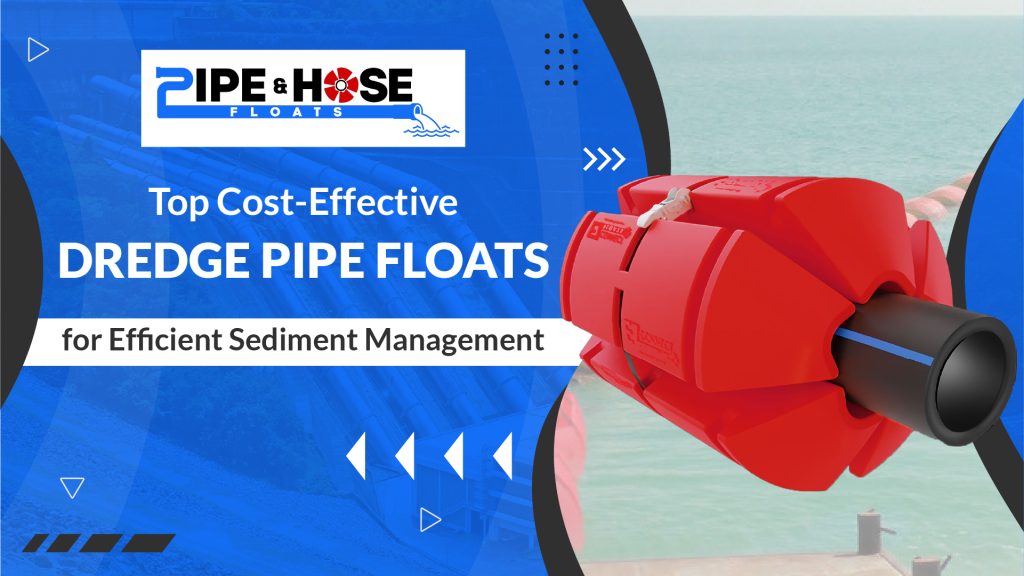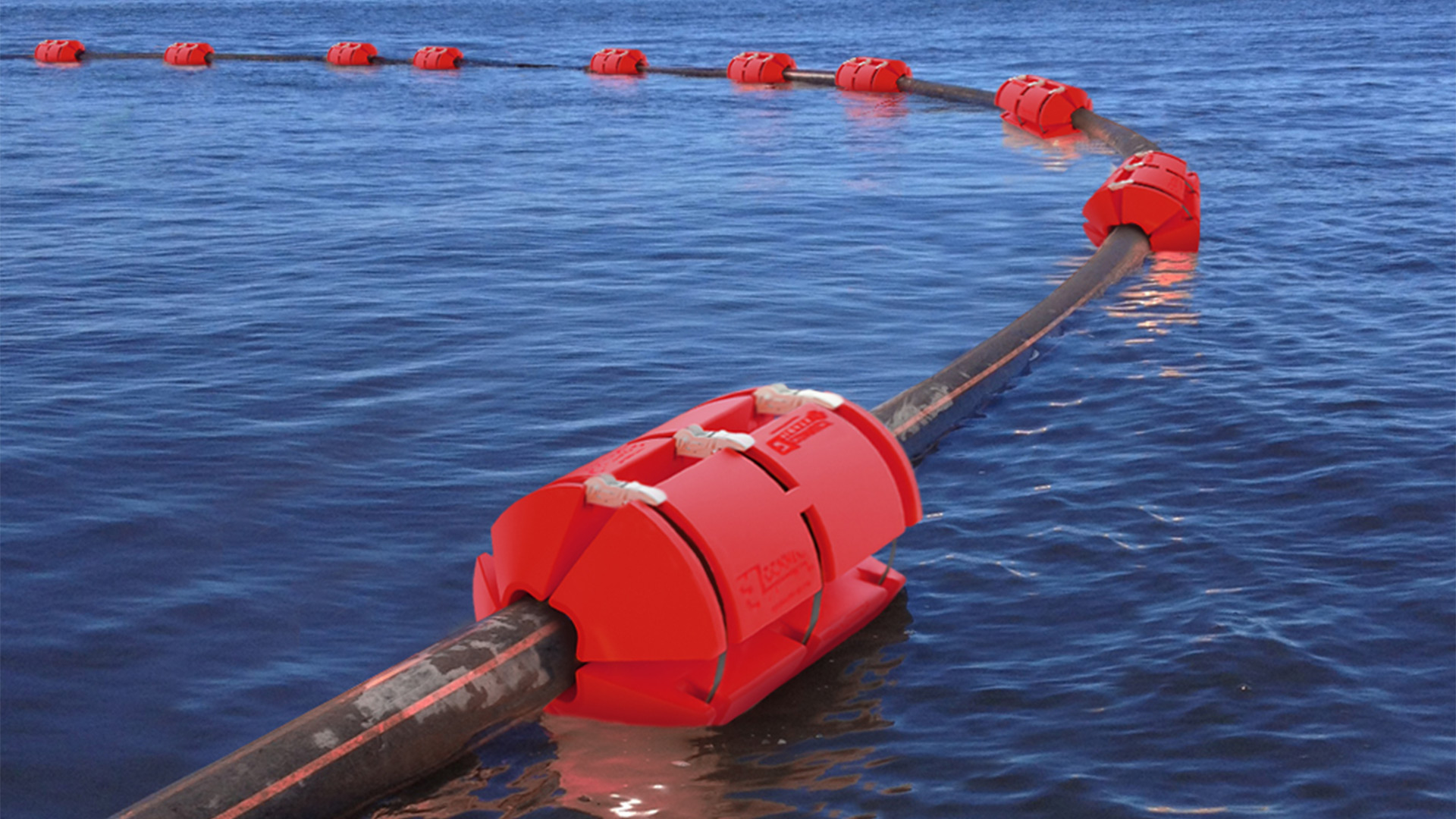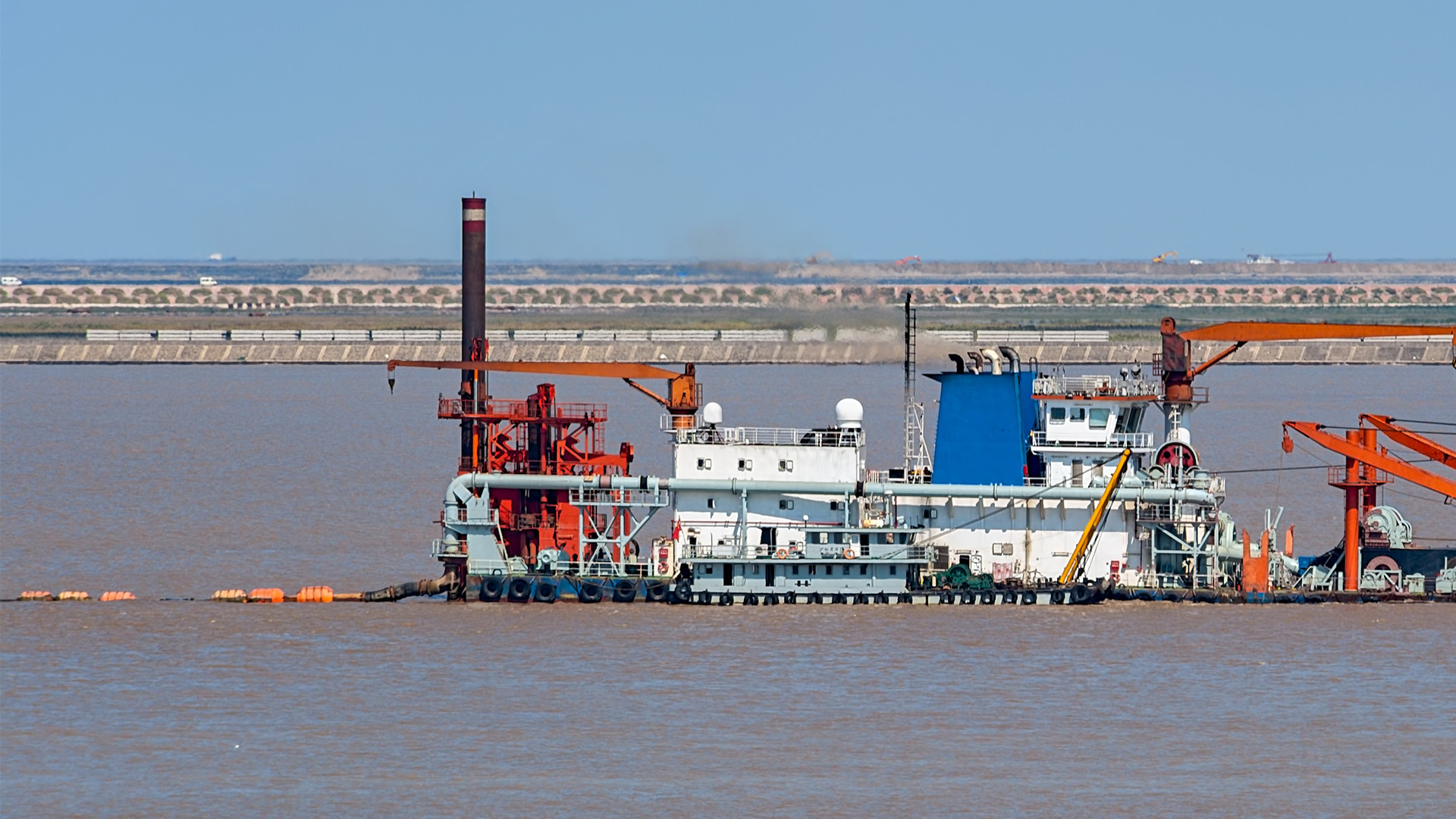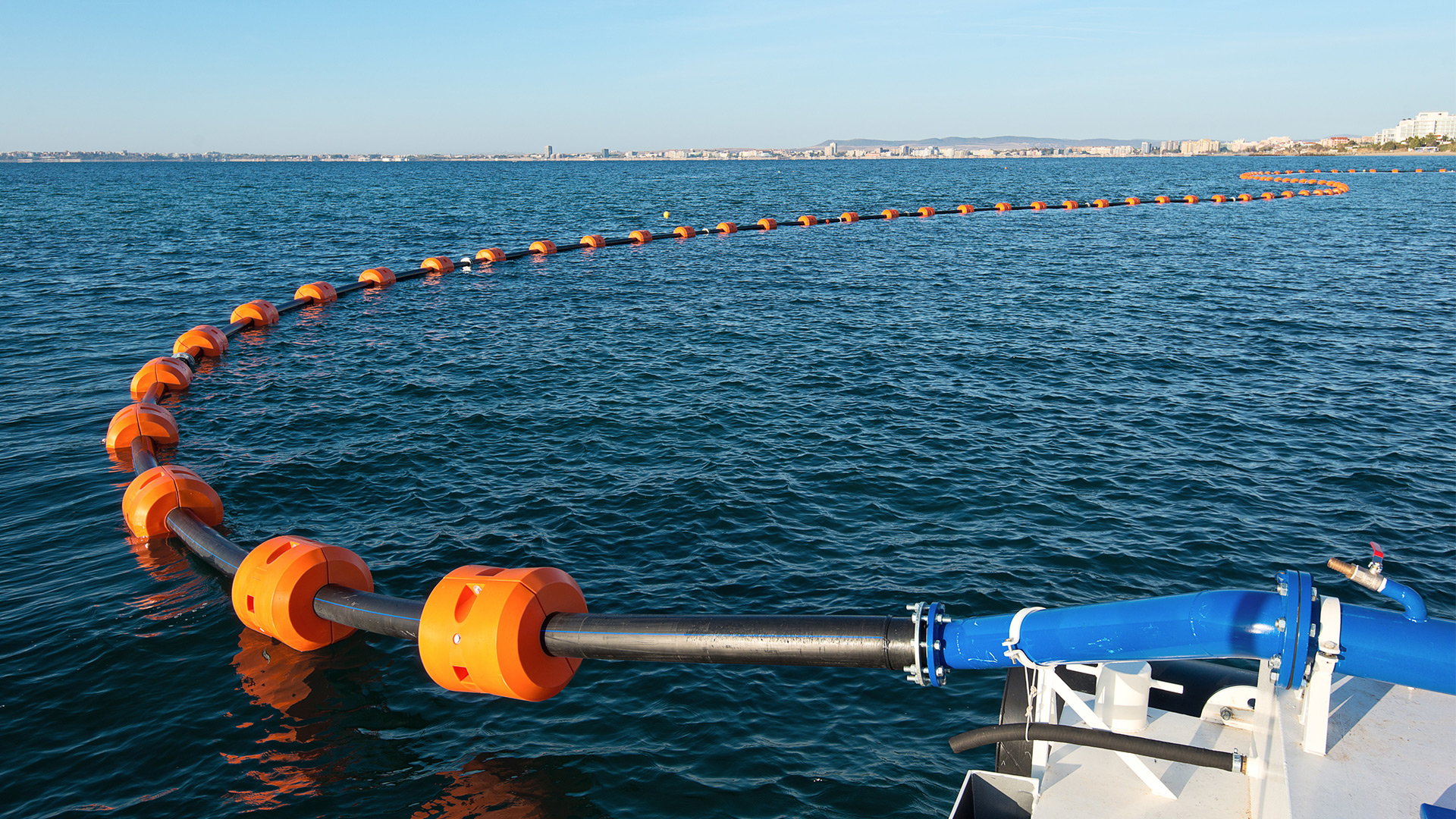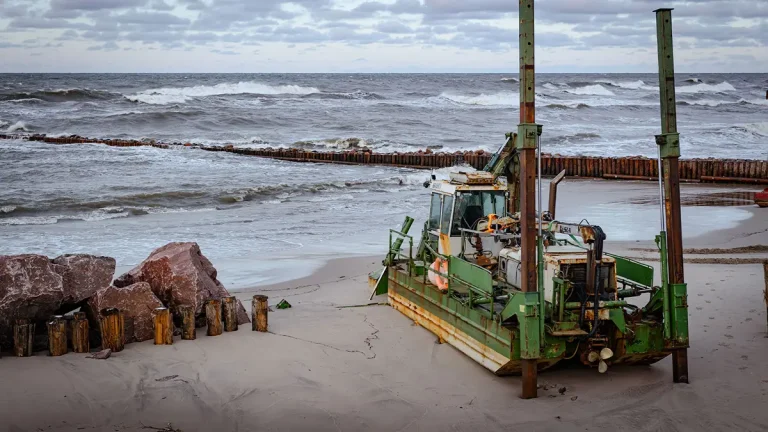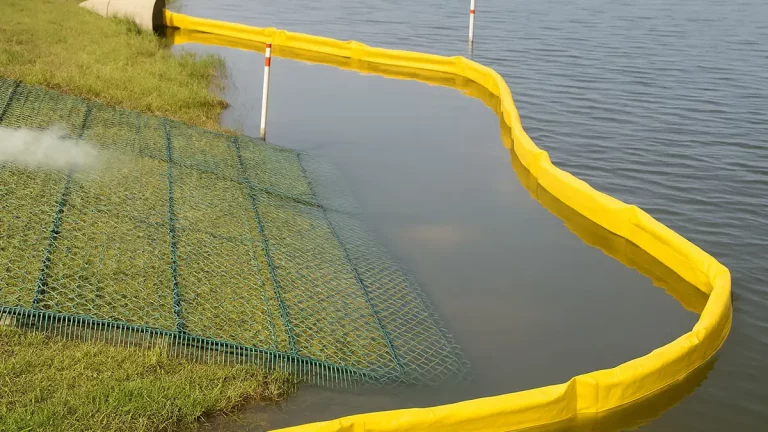Efficient sediment management is crucial to maintaining water bodies and ensuring the smooth operation of dredging tasks. At the heart of this process are dredge pipe floats, which keep dredge pipes buoyant and properly aligned. This article explores cost-effective options for these floats, which can significantly enhance your sediment management efforts without straining your budget.
Understanding Dredge Pipe Floats
Definition and Functionality
Dredge pipe floats are specialized devices designed to keep dredge pipes afloat and stable during sediment removal. They provide buoyancy and support, preventing the pipes from sinking or getting misaligned, which could otherwise disrupt the dredging operation. Dredge pipe floats play a crucial role in the efficiency and safety of sediment management tasks by ensuring that the pipes stay at the correct depth and position.
Importance in Sediment Management
Effective sediment management hinges on the consistent operation of dredging equipment. Dredge pipe floats are instrumental in ensuring the alignment and stability of floating dredge pipes, a key requirement for smooth and uninterrupted operations. Their proper buoyancy reduces drag, minimizes the risk of equipment damage, and enhances overall operational efficiency.
Key Features of Effective Dredge Pipe Floats
Material and Durability
Dredge pipe floats are made of various materials, each with its advantages. Commonly used materials include polyethylene and foam-filled options. Polyethylene floats are known for their durability and resistance to environmental factors such as UV radiation and chemicals. Foam-filled floats, on the other hand, offer excellent buoyancy and are typically covered in a protective shell to enhance their longevity.
Floatation Capacity
The floatation capacity of a dredge pipe float is crucial for its effectiveness. It’s essential to select floats that can handle the weight and size of your dredge pipes. Accurate floatation capacity ensures that the pipes remain at the desired depth and are not subjected to unnecessary strain or stress.
Design and Size
The design and size of dredge pipe floats can significantly impact their performance. Floats come in various shapes and sizes to accommodate different types of dredge pipes and operational needs. Choosing the right design ensures optimal buoyancy and stability, contributing to more efficient dredging operations.
Top Cost-Effective Dredge Pipe Floats
Option 1: Basic Polyethylene Floats
Polyethylene floats are famous for many dredging operations due to their affordability and durability. Made from high-density polyethylene, these floats offer robust performance and resistance to environmental damage. They are well-suited for various dredging applications and provide reliable buoyancy at a cost-effective price.
Option 2: Foam-Filled Pipefloats
Foam-filled pipe floats are another cost-effective option that combines excellent buoyancy with durability. These floats feature a closed-cell foam core covered by a tough outer shell, making them resistant to punctures and wear. Foam-filled floats are ideal for environments where durability and floatation are critical, offering good value for their performance.
Option 3: Modular Float Systems
Modular float systems offer a flexible and scalable solution for dredging operations. These systems consist of interconnected float modules that can be customized to fit various pipe sizes and configurations. Modular floats are easy to assemble and disassemble, making them a versatile and cost-effective choice for different dredging scenarios.
How to Choose the Right Dredge Pipe Floats
Assessing Your Needs
When selecting dredge pipe floats, a thorough assessment of your needs is crucial. Factors such as the size and weight of your dredge pipes, the type of equipment, and the environmental conditions where the floats will be used should all be considered. This assessment will guide you in choosing the floats that best meet your requirements.
Comparing Costs and Benefits
Evaluating cost versus performance is crucial when selecting dredge pipe floats. While budget considerations are important, it’s also essential to consider the floats’ long-term value and durability. Higher-quality floats may have a higher upfront cost but can offer better performance and longer service life, leading to cost savings over time.
Supplier Recommendations
Finding a reliable supplier is crucial in obtaining high-quality dredge pipe floats. Look for suppliers with a strong reputation and positive customer feedback. Review product ratings and testimonials to ensure that the floats meet your standards for performance and reliability.
Installation and Maintenance Tips
Proper Installation Techniques
Take responsibility for properly installing dredge pipe floats, which is crucial for their effectiveness. Ensure the floats are securely attached to the dredge pipes and properly positioned to maintain buoyancy and stability. Avoid common installation mistakes, such as improper alignment or inadequate fastening, which can affect the performance of the floats.
Maintenance Best Practices
Regular inspection and maintenance of dredge pipe floats are essential to ensure their effectiveness. Check for signs of wear and tear, such as cracks or punctures, and address any issues promptly. Proper maintenance helps extend the life of the floats and ensures reliable performance during dredging operations.
Conclusion
By choosing cost-effective dredge pipe floats that align with your needs and budget, you can enhance the performance of your dredging operations while maintaining financial prudence. Consider the options discussed in this article to find the best dredge pipe floats for your specific requirements and enjoy more efficient and effective sediment management.

